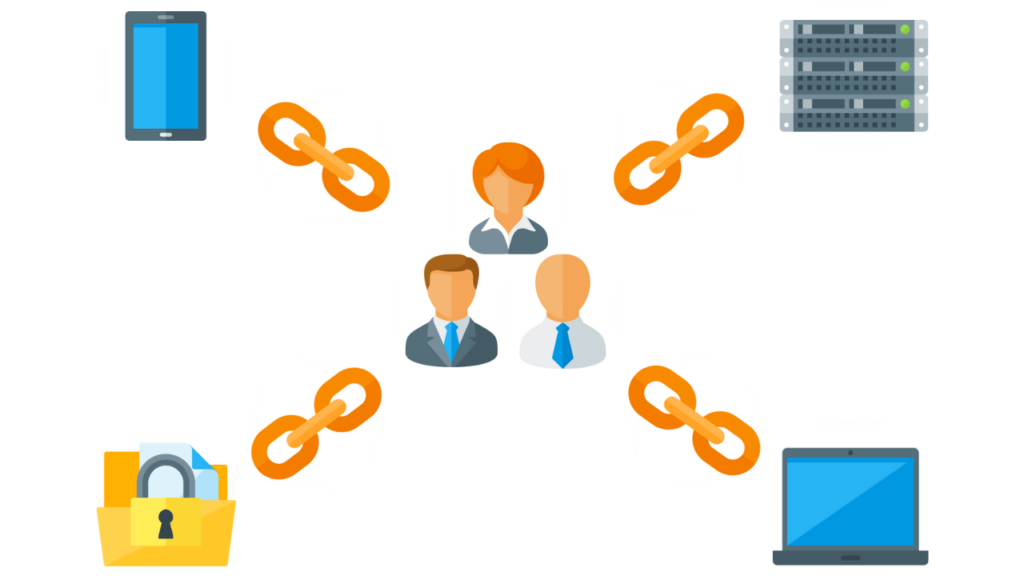Sample Clean Desk Policy Template
Contents
The purpose and principle of a “clean desk” policy is to ensure that confidential data is not exposed to individuals who may pass through the area such as members, service personnel, and thieves.
It encourages methodical management of one’s workspace. Because of the risk of being compromised, confidential information should always be treated with care.
Free Security Policy Templates
Get a step ahead of your cybersecurity goals with our comprehensive templates.

Overview
To maintain the security and privacy of employees’ and members’ personal information, {COMPANY-NAME} employees should observe the “clean desk” rule.
All employees should take appropriate actions to prevent unauthorized persons from having access to member information, applications, or data. Employees are also required to make a conscientious check of their surrounding work environment to ensure that there will be no loss of confidentiality to data media or documents.
The clean desk policy applies to:
- Day Planners and Rolodexes that may contain non-public information.
- File cabinets, storage cabinets, and briefcases containing sensitive or confidential information.
- Any confidential or sensitive data, including reports, lists, or statements. Sensitive data refers to personal information and restricted data. Personal information includes, but is not limited to:
- An individual’s name.
- Social security number.
- Driver’s license number or identification card number.
- Account number, credit or debit card number, security code, access code,
- or password that could permit access to an individual’s financial account.
- Restricted data is divided into two categories:
- Personal data, that refers to any combination of information that identifies and describes an individual.
- Limited data, that refers to electronic information whose unauthorized access, modification, or loss could seriously or adversely affect {COMPANY-NAME}, its members, and non-members.
- Electronic devices, including cell phones and PDAs.
- Keys used to access sensitive information.
- Printouts containing sensitive information.
- Data on printers, copy machines, and/or fax machines.
- Computer workstations and passwords.
- Portable media, such as CD’s, disks, or flash drives.
- Desks or work areas, including white boards and bookshelves.
Article by
Share This Page
Our Editorial Process
Our content goes through a rigorous approval process which is reviewed by cybersecurity experts – ensuring the quality and accuracy of information published.
Categories

Cybersecurity Newsletter
Get our best content delivered to your inbox.
Thank you!
You have successfully joined our subscriber list.
The Breach Report
Our team of security researchers analyze recent cyber attacks, explain the impact, and provide actionable steps to keep you ahead of the trends.
Related Templates

An acceptable use policy outlines the use of computer equipment. Inappropriate use exposes the company to risks including virus attacks, compromise of network systems and services, and legal issues.
This policy defines the requirement for reporting and responding to incidents related to the company’s information systems and operations
A penetration testing policy provides guidance for managing a penetration testing program and performing penetration testing activities with the goal of improving defensive IT security
The purpose of an internet usage policy is to establish the rules for the use of company Internet for access to the Internet or the Intranet.
The company must prioritize its assets and protect the most critical ones first; however, it is important to ensure patching takes place on all machines.
